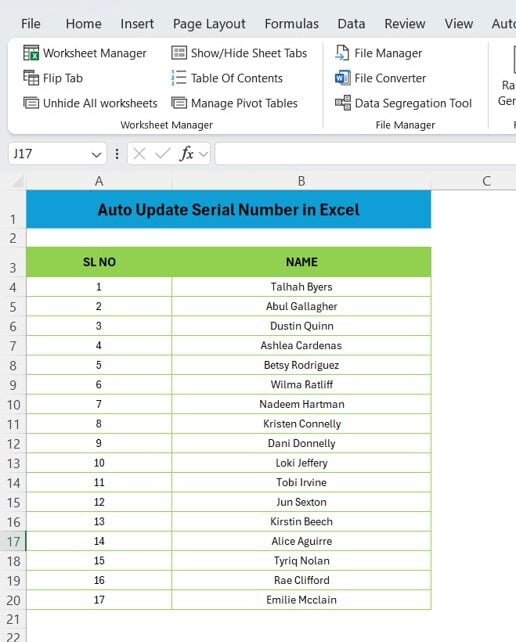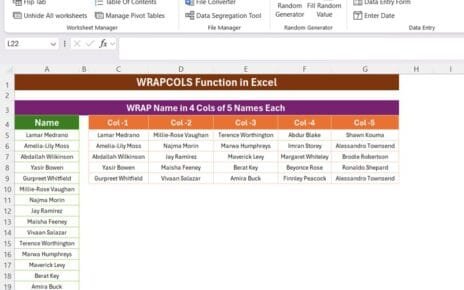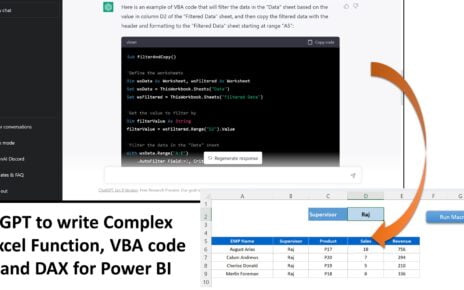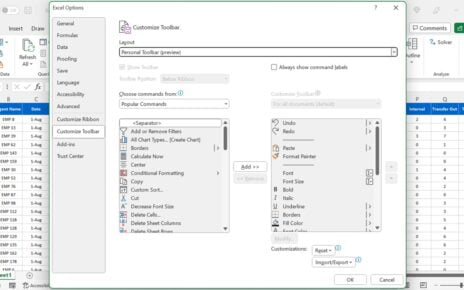The ROW function in Excel is one of the simplest yet powerful tools that you can use to streamline your work. Whether you need to number rows automatically or manage data efficiently, this function has got you covered. In this post, we’ll walk through an easy example that demonstrates how to use the ROW function in Excel.
What Is the ROW Function in Excel?
The ROW function in Excel returns the row number for a given cell. While this might sound basic, it opens many possibilities when combined with other formulas, making it a handy tool for dynamic data handling.
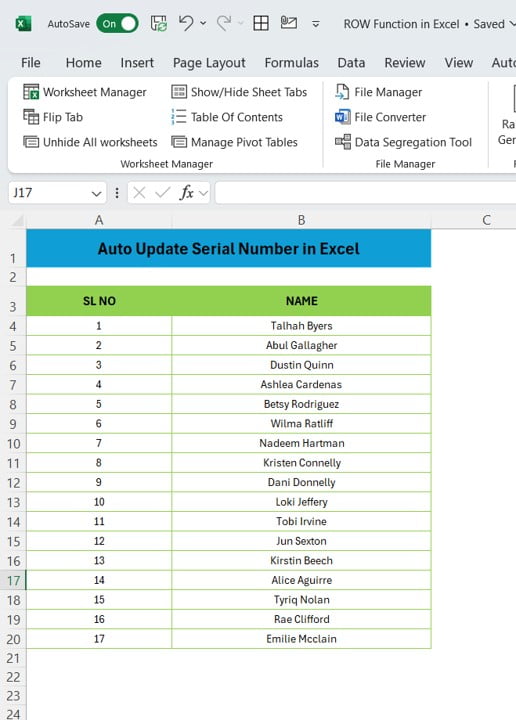
Getting Started with the ROW Function Example
To make things practical, let’s use the following dataset:
We have two columns: SL NO (Serial Number) and NAME. Our goal is to generate the SL NO dynamically using the ROW function, ensuring that the serial numbers auto-update even if we make changes to the data.
How to Use the ROW Function for Auto-Updating Serial Numbers
If you manually enter serial numbers in a large dataset, it’s not only time-consuming but also prone to errors. The good news? Excel’s ROW function can automatically generate serial numbers for you!
Here’s how we do it:
- Place your data starting from cell A3 for SL NO and cell B3 for NAME.
- In cell A3, enter the following formula:
=ROW()-ROW($A$3) +1
- Press Enter, and you’ll see the first serial number appear. But the magic happens when you drag the formula down! The ROW function will adjust for each row, giving you sequential serial numbers automatically.
Breakdown of the Formula
Let’s quickly break down the formula =ROW()-ROW($A$3) +1:
- ROW (): This returns the row number of the cell where the formula is entered.
- ROW($A$3): This part returns the row number of the starting cell (in this case, 3).
- ROW () – ROW($A$3): This calculates the relative row position by subtracting the starting row number from the current row number.
- +1: Since we want the serial numbers to start from 1, we add 1 to the result.
The Result
Once you apply the formula to your data, your SL NO column will auto-update like this:
Notice how the serial numbers automatically adjust without any manual input. That’s the power of the ROW function!
Why Use the ROW Function?
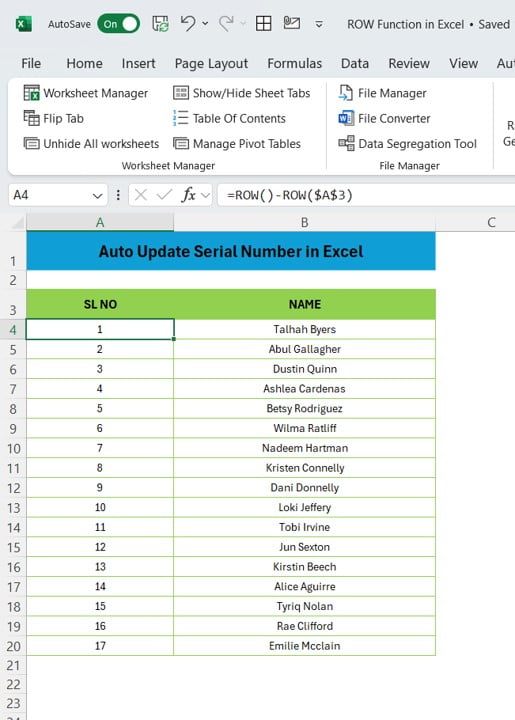
Now, you might wonder why this function is such a game-changer. Here’s why:
- Saves Time: No more manually inputting numbers into large datasets.
- Dynamic Updates: If you add or delete rows, the numbering automatically adjusts.
- Error-Free: Since the numbers are generated by Excel, you minimize the risk of manual errors.
Conclusion
And that’s it! You’ve just learned how to use the ROW function in Excel to auto-update serial numbers dynamically. This simple yet powerful function can save you tons of time and effort when managing large datasets. Don’t forget to try it out on your own data and see how much more efficient your work becomes! For more tips and tricks like this, stay tuned for our next tutorial.
Be sure to check out our YouTube video on how to use the ROW function if you prefer a visual guide!
I hope this blog post enhances your understanding of how to use the ROW function in Excel. Let me know if you’d like any further adjustments!
Visit our YouTube channel to learn step-by-step video tutorials
View this post on Instagram
Click hare to download the practice file
